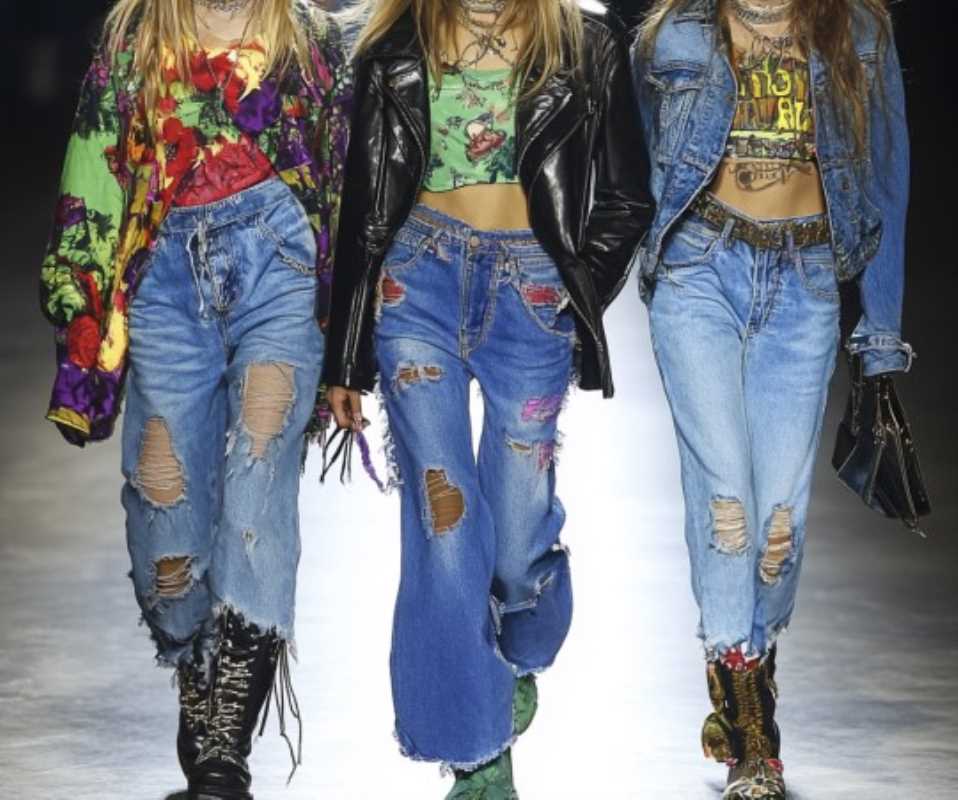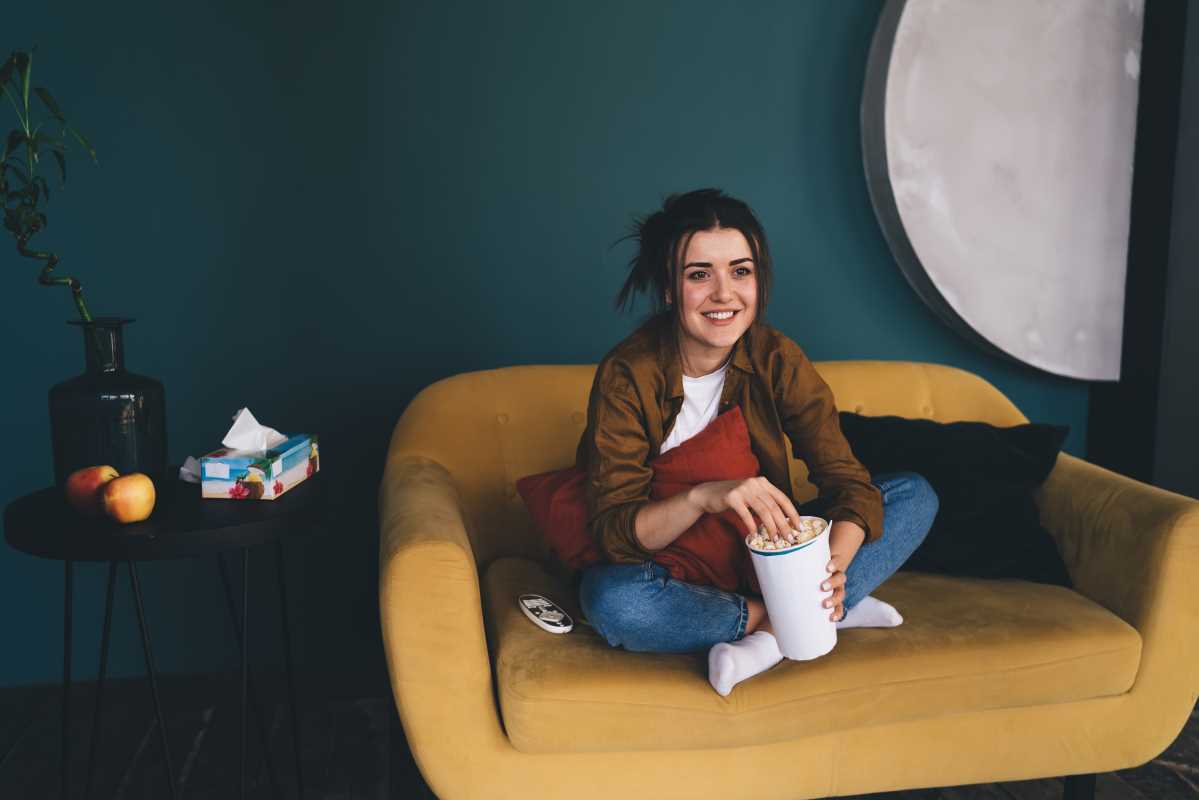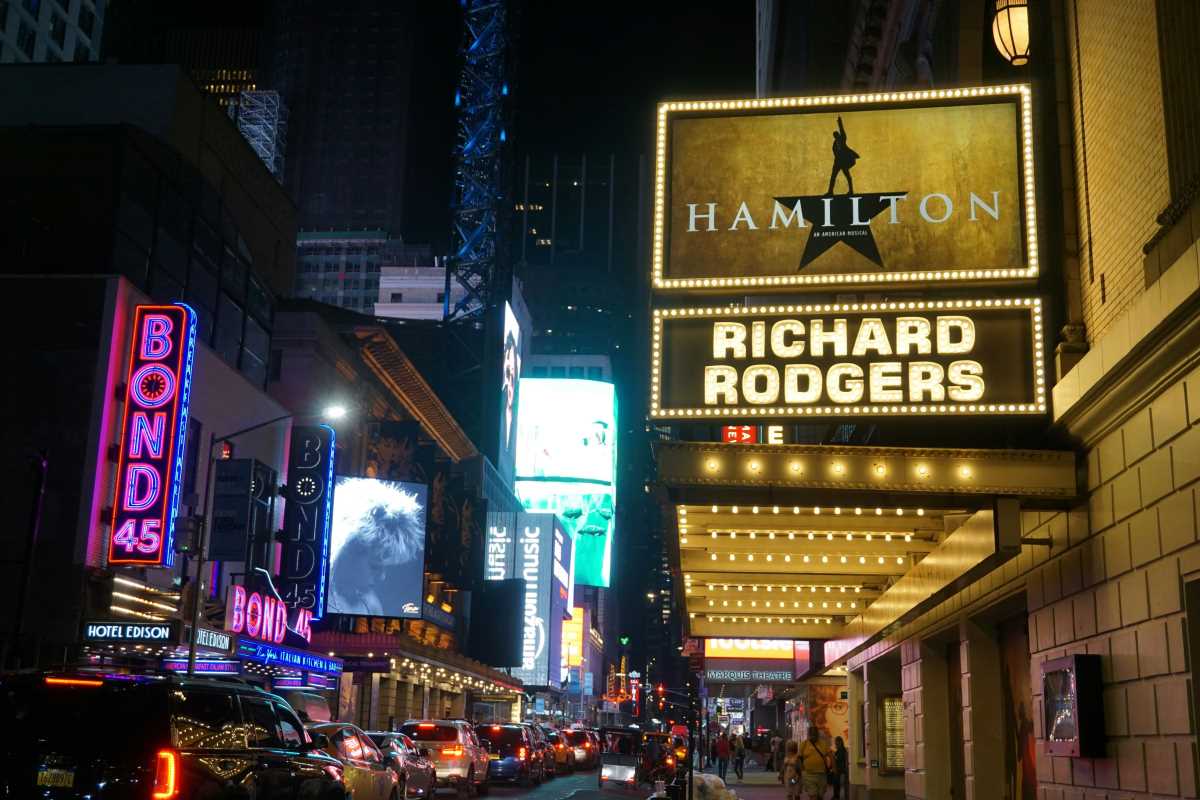Designers and fashion lovers gather at fashion weeks to celebrate creativity and fresh perspectives on style. Each season, cities like Paris, Milan, New York, and Tokyo come alive with runway shows that highlight inventive collections and pay tribute to classic influences. Fashion weeks not only introduce new trends but also shine a spotlight on the cultural and artistic connections woven into every garment. Guests explore a lively mix of fashion, art, and cuisine, finding new inspiration while gaining a richer sense of how style evolves around the world. These vibrant events invite everyone to appreciate the beauty and diversity of global fashion.
Every runway, every backstage whisper, and every vibrant street style moment tells a story about how creative minds turn ideas into influential trends. The energy and dedication behind these events remind us that fashion is not just about clothing—it reflects the passion and diversity of human expression.
The Origins and Evolution of Fashion Weeks
A journey through the history of fashion weeks reveals remarkable transformation and creativity. The events started from humble beginnings and grew into influential platforms that shape the international style landscape.
Looking back at the milestones shows how the concept developed over the decades. The following list highlights the key moments that defined this evolution:
- The 1943 launch of a dedicated fashion presentation in New York, which helped establish a separate identity from European traditions.
- The 1973 expansion in London, where innovative designers began experimenting with diverse, avant-garde ideas.
- The 1980s rise of Milan as a powerhouse, blending classic Italian craftsmanship with modern flair.
- The 1990s reinvented the Paris event, which achieved a sophisticated balance of heritage and bold innovation.
Each milestone demonstrates a bold reimagining of what fashion can be, intertwining heritage, art, and modern influences. The journey highlights how a series of key moments helped set the stage for a globally connected industry.
Designers and producers continually inject fresh energy and creative ideas into these events, making sure that the spirit of innovation stays ever-present and influential.
The Big Four Fashion Weeks: An Overview
The world’s most renowned fashion showcases bring a variety of perspectives and styles that set the tone for the industry. Each event introduces unique characteristics while building on a shared legacy of inspiration.
The following points describe the distinct features of the four major events:
- New York: A bold space where modern street wear meets elegant couture, celebrated for its innovative use of technology and dynamic presentations.
- London: A hub of inventive design, known for its edgy aesthetics, unconventional runway shows, and strong focus on emerging talent.
- Milan: Synonymous with refined craftsmanship and luxury, this event dazzles with a blend of traditional artistry and forward-thinking trends.
- Paris: Recognized as the pinnacle of haute couture, it combines timeless elegance with bold, artistic statements that push stylistic boundaries.
These events, collectively called fashion weeks, drive conversations across continents and spark creative ideas in every corner of the world.
Participants and visitors alike enjoy the immersive experiences and diverse programming that each of these showcases presents. They stay at the forefront of self-expression, tapping into contemporary aesthetics while celebrating deep-rooted cultural stories.
New Fashion Weeks Around the World
Beyond the established giants, a wave of new fashion weeks is drawing attention worldwide. These events often take place in cities that become new hubs for creative expression and cultural exchange. They offer fresh opportunities for local designers to tell their stories and redefine style from a unique, often unconventional perspective.
New fashion weeks combine regional influences with global ambitions. Their programs often highlight local artisans, traditional crafts, and experimental ideas that resonate with diverse cultures and viewpoints. Many of these events attract trendsetters who mix taste, heritage, and modernity, sparking conversations that extend far beyond their home cities.
Organizers of these smaller shows tailor their events to reflect the spirit of the local community. They experiment with unconventional settings, interactive experiences, and food festivals that mirror the growing connection between culinary art and fashion. This inventive approach not only enriches the local cultural scene but also invites international observers to explore new aspects of style.
The success of these emerging events indicates a bright future for global fashion. They serve as incubators for fresh talent that might eventually attract broader audiences, encouraging cross-cultural collaborations that redefine industry standards.
How Fashion Weeks Shape global trends
The impact of fashion weeks reaches well beyond the runway, sparking ideas that spread through art, music, and culinary worlds. Creatives from different fields draw inspiration from the visual drama and thematic stories displayed on the catwalk, blending fashion with other cultural elements.
This lively exchange between disciplines fuels innovation. Trendsetters notice how textures, silhouettes, and color stories move from runway fantasy to everyday looks. As a result, new and exciting interpretations of sartorial expression gain momentum, inspiring brands, street vendors, and boutique retailers to try unexpected combinations.
The ripple effect introduces unconventional elements into mainstream style, generating excitement around unique materials, artisanal techniques, and new forms of design. This energetic environment helps fashion evolve continuously, welcoming both cherished traditions and daring experiments.
Observers are encouraged to attend live events, learn about background cultures, and even experiment with subtle references to runway designs in daily outfits. These actions go beyond copying trends; they serve as creative outlets that celebrate individuality and shared cultural stories.
Cultural Influences and Street Style Highlights
The lively streets outside fashion venues often tell their own captivating stories. Here, real-life style develops naturally and unexpectedly, mixing high fashion with authentic, everyday looks. People often spot endless layers of creativity in spontaneous outfits that reflect local flavor and global influence.
Important moments in street style include:
- A colorful mix of vintage and modern pieces that show how history and current trends blend smoothly.
- Bold accessories and surprising combinations that express individuality, perfectly capturing urban creativity.
- Genuine cultural influences visible in traditional prints, locally inspired embroidery, and eclectic textures.
- Innovative approaches where daring silhouettes combine with comfort, creating distinctive statements that challenge normal norms.
These spontaneous displays of style act as powerful visual stories that highlight the strong link between personal expression and cultural heritage. People take cues from street style moments and incorporate elements into their everyday outfits, making fashion an accessible form of art.
Fashion weeks worldwide showcase new artistic expressions and connect people through shared passion and cultural insight. They ensure emerging trends reflect their origins.
 (Image source: Midjourney)
(Image source: Midjourney) 





